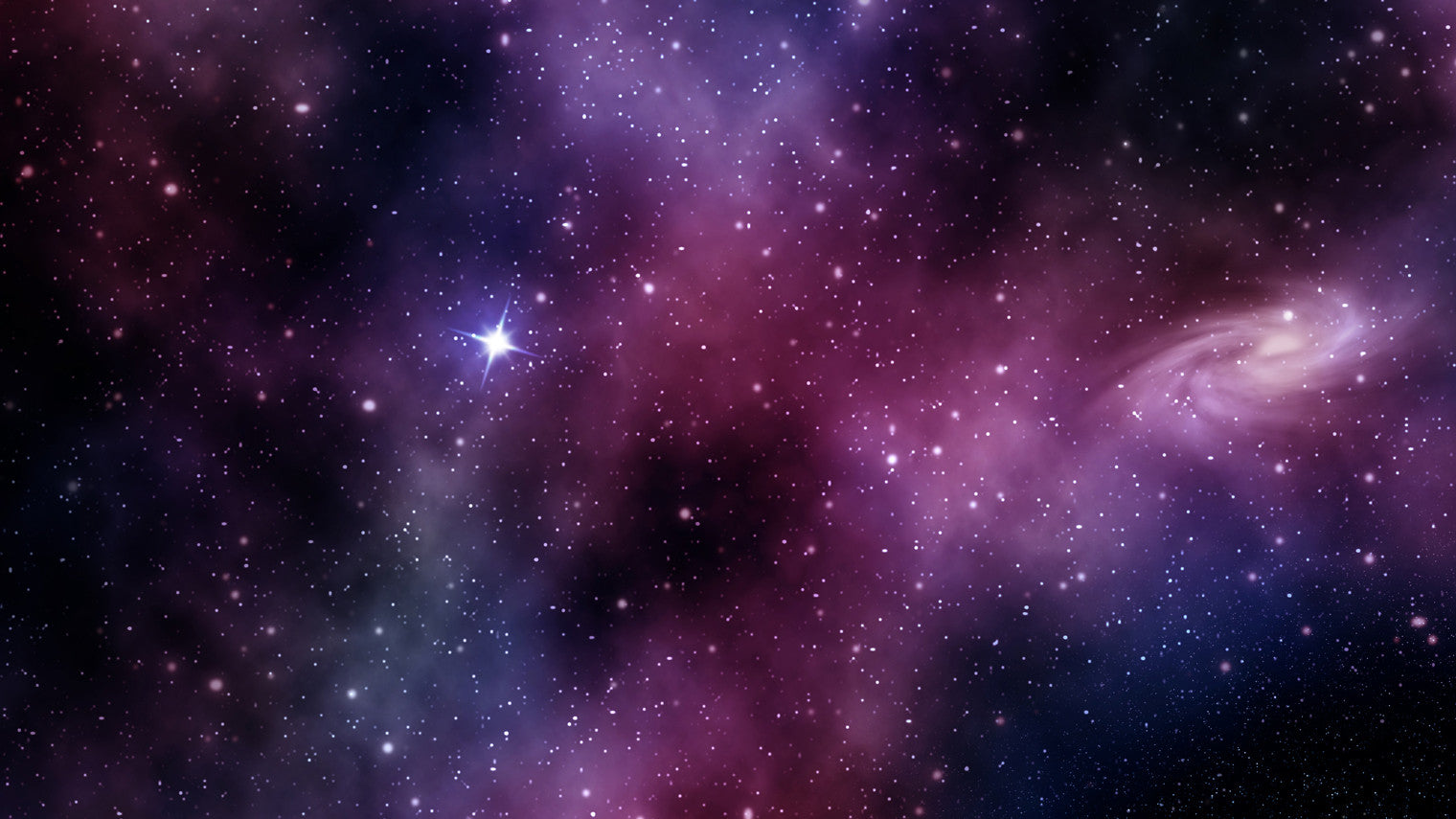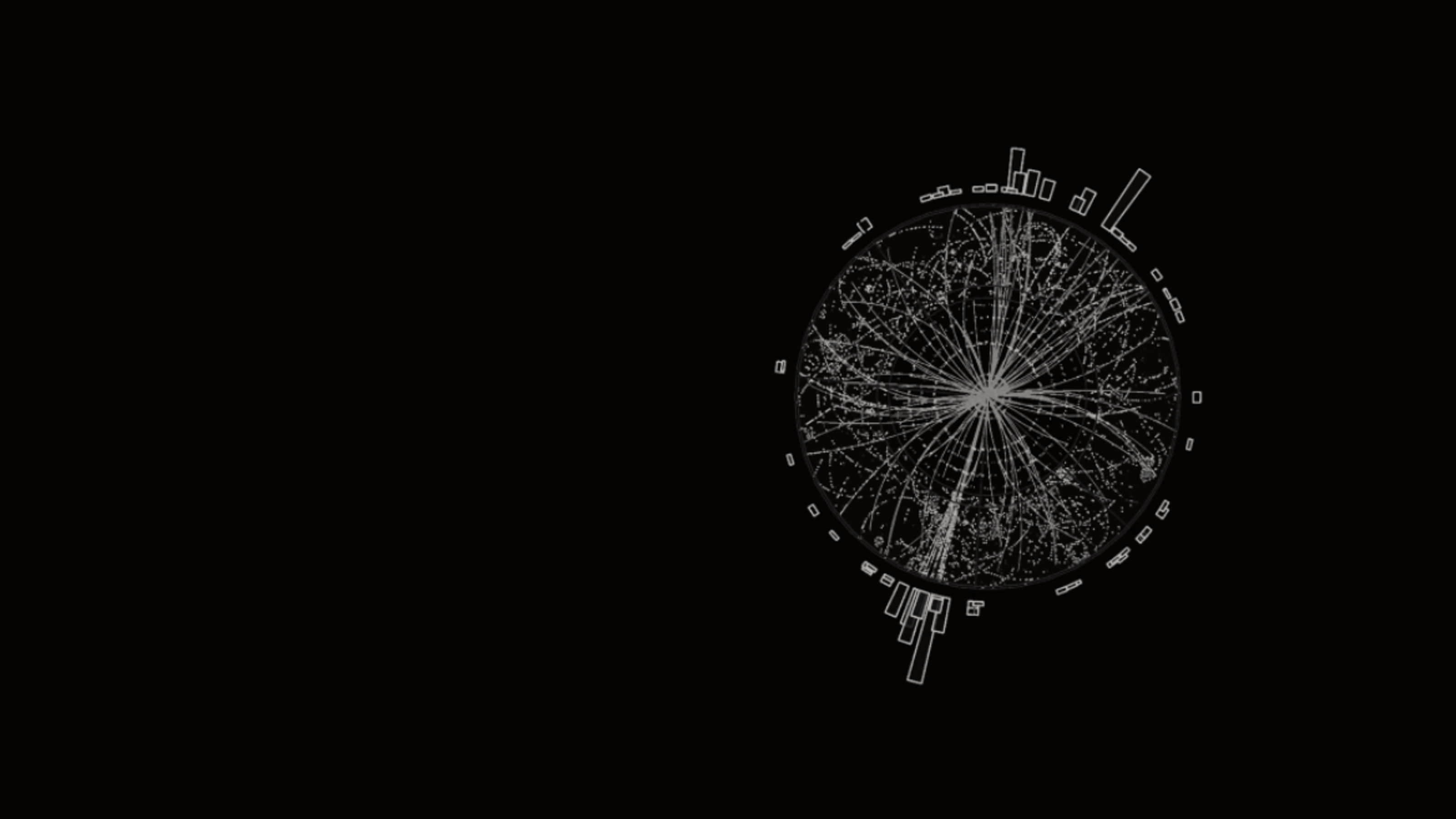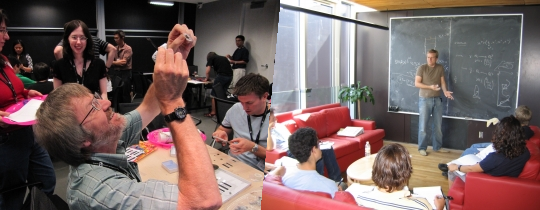
The Mystery of Dark Matter
New Download Options:
- With Video includes our full video (580 MB, MOV file)
- With YouTube Video link includes a link to the same video on YouTube
Dark matter is an invisible substance that makes up most of the matter in the universe. This resource uses the curriculum topic of uniform circular motion to introduce dark matter.

Dark Matter Lab
Students use a circular motion apparatus and vary the mass at the bottom of the string. They collect data and find the relationship between the mass and the speed of the stopper by plotting their data. Next, they apply their understanding to figure out how astronomers inferred the existence of dark matter in galaxies by observing stars that were orbiting in uniform circular motion.
Dark Matter within a Galaxy

Students graph real astronomical data from a particular galaxy. Using ideas from circular motion and Newton’s law of universal gravitation, they calculate the mass and compare it to the mass inferred from the luminosity of the stars. They use the difference between the two to infer the amount of dark matter.
Gravity and Orbital Motion

Students use stretchy fabric and balls to model orbital motion. They explore the relationship between the central mass, the orbital radius, and the period. Students apply what they learn to analyze examples of circular motion in the solar system.
Video Summary

Students answer multiple-choice questions that test their understanding of the content in the classroom video included in this resource.
Key Concepts

Students answer quantitative and qualitative questions related to dark matter, circular motion, elastic collisions, and observation and inference.
Uniform Circular Motion and Gravitational Lensing
Students watch two short demonstrations: one on how mass affects circular motion and one that models the bending of light in gravitational lensing using painters’ tape and a plate.










